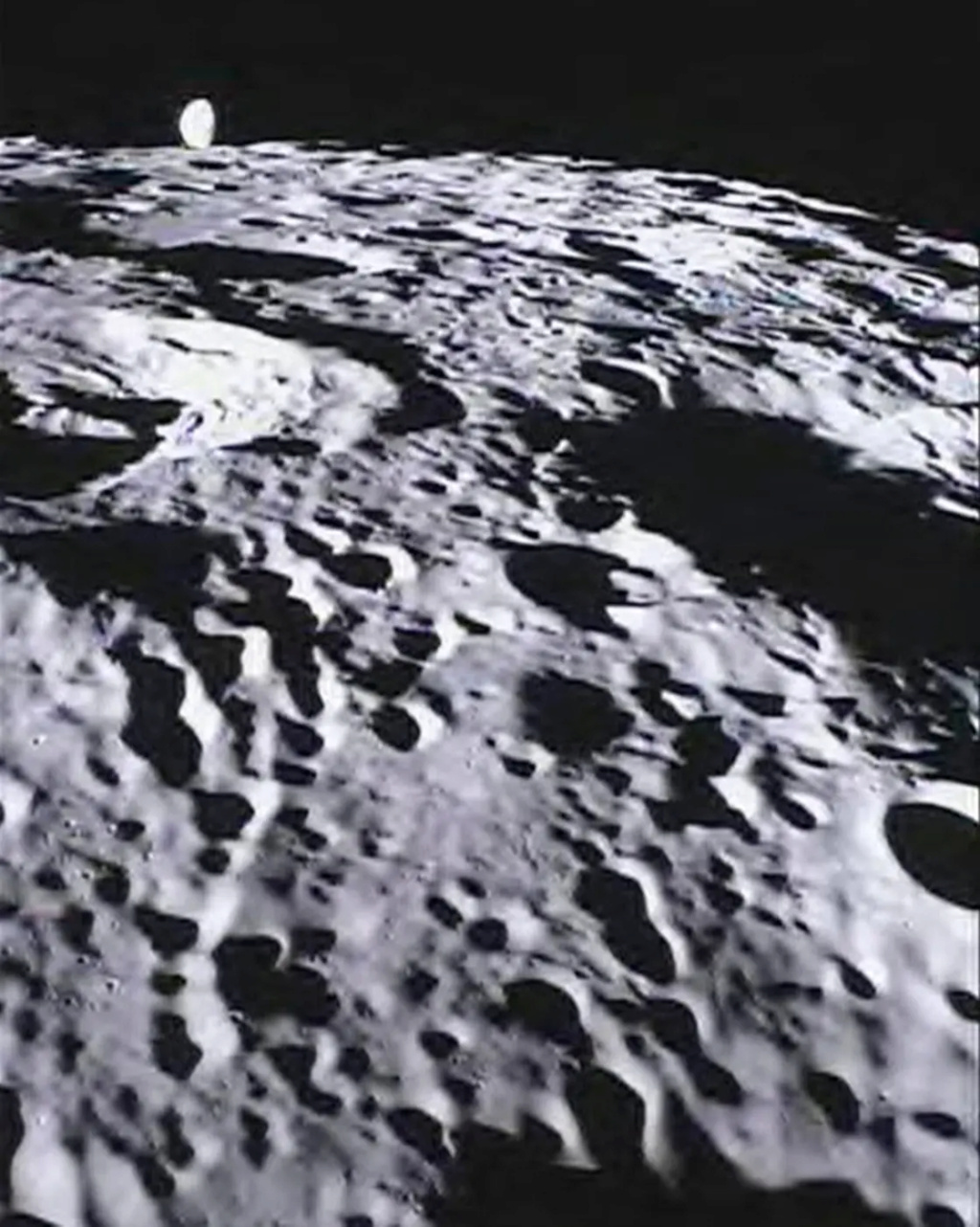Scientists discover water inside glass grains on the surface of the moon

Water molecules can be seen "scattering over the surface of the moon" when the sun is shining.
Scientists announced, on Monday, that they had discovered water inside glass granules scattered on the surface of the moon, indicating that "future scientists" may one day collect these granules and subject them to study.
It was believed for a long time that the moon is characterized by dryness, but many missions have been completed over the past few decades, which have concluded that water is present on the moon, whether on its surface or inside minerals.
Professor Mahesh Anand, a professor of planetary science and exploration at the Open University in the United Kingdom, told AFP that water molecules can be seen "scattering over the surface of the moon" when the sun is shining.
Anand, one of the authors of the study, which was published in the journal Nature Geoscience, added that scientists have not yet been able to "know its exact source."
The UN envoy to Yemen, Hans

The study, prepared by a team of researchers headed by the Chinese Academy of Sciences, indicated that the glass granules "are likely to be the main reservoir involved in the water cycle on the surface of the moon."
The team analyzed 117 glass beads that were detected by the Chinese Chang'e-5 spacecraft in December 2020 and sent to Earth.
These grains were formed by small meteorites that hit the moon's surface, which lacks the protection usually provided by the atmosphere.
The heat of the collision melted the material that made up the moon's surface, which when cooled turned into round glass grains similar in thickness to one hair.
Anand said, "In addition to the discovery of water inside glass grains, scientists have concluded that there is a clear effect of the sun," as it became clear to them that the hydrogen necessary in the process of forming water comes from the solar wind that sweeps charged particles across the solar system.
A third of a trillion tons of water
The other component of water, oxygen, is found on the moon's surface, in rocks and minerals.
Anand explained that this means that the solar wind may have contributed equally to the formation of water on other bodies in the solar system that lack an atmosphere, such as Mercury or asteroids.
The study indicated that the glass grains may constitute about 3 to 5 percent of the moon's surface.
She added that the estimated calculations concluded that the glass granules on the surface of the moon may contain about a third of a trillion tons of water.
Anand explained that extracting water from the grains requires subjecting them to a temperature of about 100 degrees Celsius.
While this discovery requires more research, Anand pointed out that exposing the grains to heat and treating them may provide water and even oxygen for "future scientists", helping them to explore "other worlds in a sustainable and responsible way."
Anand said that the European Space Agency's "Prospect" robot, which is scheduled to be sent to the moon in the year 2025, may be the first spacecraft to be able to collect grains and extract water from them.
The US space agency's "Viper" mission, scheduled to launch late next year, aims to analyze ice in the south pole of the moon.
As for NASA's "Artemis" mission, it also aims to transport astronauts to the moon in the coming years, for the first time since 1972.
Source : websites

